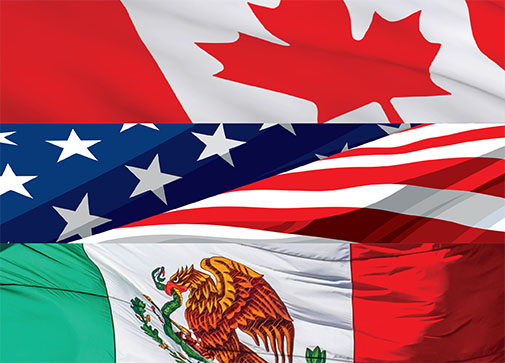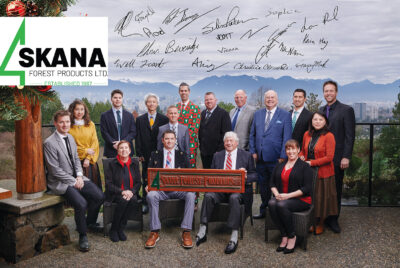
How Tariffs Impact The Home Building Industry
(Editor’s Note: This was first published on www.nahb.org by the National Association of Home Builders.)
Scarcity and an acute, sustained rise in building material costs — from softwood lumber to distribution transformers — are driving up the cost to construct homes and harming housing affordability. There are several factors driving this trend, notably inflationary pressures and global factors, including trade uncertainty.
NAHB (National Association of Home Builders) estimates that $184 billion worth of goods were used in the construction of both new multifamily and single-family housing in 2023. $13 billion of those goods were imported from outside the U.S., meaning approximately 7 percent of all goods used in new residential construction originate from a foreign nation.
Import Tariffs on Building Materials
A tariff is essentially a tax on an imported good, meaning the importer pays an additional cost for importing such an item from another country. This effect raises the price of imported products, where the price increase is then typically absorbed by the importer or passed on to the end consumer of the good, usually in some combination. For most goods, the cost is passed on to the end-users, meaning consumers. So tariffs on building materials raise the cost of housing, and consumers end up paying for the tariffs in the form of higher home prices.
Two essential materials used in new home construction, softwood lumber and gypsum (used for drywall), are largely sourced from Canada and Mexico, respectively.
- Of $8.5 billion worth of sawmill and wood products imported in 2023, nearly 70% of these imports came from Canada. Many of these imports are already subject to a 14.5% antidumping and countervailing duties (AD/CVD) tariff. Total imports of sawmill and wood products from Canada totaled $5.8 billion.
- The U.S. imported $456 million worth of lime and gypsum products in 2023, with 71% of these products originating from Mexico. Imports of lime and gypsum products from Mexico totaled $352 million in 2023.
Additionally, numerous raw materials and components, ranging from steel and aluminum to home appliances, are sourced from China and are already subject to existing 301 and 232 tariffs.
Proposed new tariffs on China, Canada and Mexico are projected to raise the cost of imported construction materials by $3 billion to $4 billion, depending on the specific rates. For some materials, where imports are critical to supply, prices could see dramatic increases, adding layered costs that could substantially impact builders’ ability to deliver new projects.
Trade Policy Recommendations
President Trump on Feb. 1 announced an across-the-board tariff of 25% on Canadian and Mexican goods coming into the United States, and these tariffs on building materials will raise construction costs and harm housing affordability.
The 25% tariff on softwood lumber products from Canada is in addition to an effective 14.5% duty rate already in place, meaning that the overall effective Canadian lumber tariffs will rise to nearly 40%.
For years, NAHB has been leading the fight against tariffs because of their detrimental effect on housing affordability. In effect, the tariffs act as a tax on American builders, home buyers and consumers.
NAHB will continue to seek a tariff exemption for building materials. And we will actively engage with policymakers to reduce regulatory burdens and eliminate other obstacles that are preventing builders from constructing more attainable and affordable housing.






